Richard Cornish forages for the fungal truth in Catalonia, as the locals make their annual pilgrimage to the hills in their quest to find elusive autumn mushrooms.
It’s a weeknight in October and the normally riotous bar district of El Raval in the centre of Barcelona is surprisingly quiet. Some bartenders blame the rain, a slow but consistent drizzle rapidly returns La Rambla into the stream it once was. Others fall into line and say it is the fault of La Crisis – the GFC. How an economic recession can be worse on some nights than others however, is probably better explained by economists. A canny few with an understanding of Catalan Television’s primetime programming blame it on Caçadors de Bolets or The Mushroom Hunters. It is a long-running show produced in the Catalan language and depicts ordinary people heading out to beautiful forest locations in the North East of Spain looking for edible mushrooms.
Caçadors de Bolets is one of the region’s top-rating TV shows and is produced like Australia’s Funniest Home Videos with corny sound effects when people fall over in the wet leaves and a cheesy voice over from a popular comic. At its heart is a quest to find elusive autumn fungi such as rovellones, boletus, ou de reig and other fat fresh gems foraged in the Catalan forests. So secret are the foraging locations that the town signposts in the background of shots are pixelated. Another phenomenon is that many of the best foragers on the show are public officials and high-profile professionals. The result is that some of the participants also have their faces obscured. It’s this tension between high camp and serious competition that makes this show so watchable.
The only reason it could be made in the first place is the Catalan obsession with fungus. ‘It is because it reminds us of where we come from,’ says a friend and fellow food writer Cesc Castro. He is a Barcelona local and has a food tour company called Aborigens.
‘At this time of the year there is much excitement as the people here plan their trips to the mountains,’ he says. ‘Many people in the towns and cities are from families that are originally from the country, perhaps some generations ago, and foraging for wild food is their link back to the country.’ We make plans to head to the hills to eat wild mushrooms that weekend.
The flush of mushrooms and its ensuing demand creates a flush of fakes. Some of the vegetable sellers in the world famous La Boqueria market in El Raval look like islands of humanity surrounded by a sea of fresh fungus. But there’s something wrong with the orange rovellones or saffron milk caps. The sign says they are fresh but the normal orange and pink flesh is tinged with blue marks.
‘They are from Eastern Europe,’ says Sarah Stodhart. She’s an Australian who moved to Europe as a teenager and is now a chef. She explains that as the Spanish in general and Catalans in particular re-embrace their national pride by donning wellingtons and carrying wicker baskets through their forests they are eating the countryside clean of mushrooms. ‘So the Poles and the Slovenians are doing the same to their forests, putting boxes of mushrooms in trucks and selling them for a much higher price here in Catalonia.’
 She tells me to head to Poble Sec, or The Dry Village, which stands between the old town of Barcelona and Montjuic. Before reticulated water this was a cheap place to live as there was no natural springs or wells. On Passeig de l’Exposició is a classic old restaurant called La Perla. Here waiter Antonio Moreno tells me if I want to see good mushrooms, wait until Miguel arrives. A few glasses of cava, the local sparkling, later and Miguel arrives carrying a box of beautiful saffron milk caps. Fresh, pert with a perfect orange blush, they were sensational. Miguel would not tell me his second name or where the mushrooms were from. He takes part of his payment in several stiff vermouths, the classic Catalan morning pick-me-up. Although a forager, he is dressed in his brand new designer jacket and jeans, the telltale signs of a cash economy. Miguel is also a man with time on his hands who knows the countryside around Barcelona as well as the lay of the food scene in town, which chefs have the money to spend on fresh, quality, hand-foraged product.
She tells me to head to Poble Sec, or The Dry Village, which stands between the old town of Barcelona and Montjuic. Before reticulated water this was a cheap place to live as there was no natural springs or wells. On Passeig de l’Exposició is a classic old restaurant called La Perla. Here waiter Antonio Moreno tells me if I want to see good mushrooms, wait until Miguel arrives. A few glasses of cava, the local sparkling, later and Miguel arrives carrying a box of beautiful saffron milk caps. Fresh, pert with a perfect orange blush, they were sensational. Miguel would not tell me his second name or where the mushrooms were from. He takes part of his payment in several stiff vermouths, the classic Catalan morning pick-me-up. Although a forager, he is dressed in his brand new designer jacket and jeans, the telltale signs of a cash economy. Miguel is also a man with time on his hands who knows the countryside around Barcelona as well as the lay of the food scene in town, which chefs have the money to spend on fresh, quality, hand-foraged product.
He disappears into the busy street and I order his rovellones for lunch. They arrive sizzling on an iron plate with chunks of garlic and loads of fresh parsley. Antonio brings a glass of garnacha, the Catalan version of grenache, grown in the stony ground of Montsant that surrounds Priorat. ‘These are good,’ I say.
‘Yes, but if you really like mushrooms you need to try the ou de reig.’
Ou de reig literally translates as ‘royal egg’ but ou de reig to a Catalan means ‘king’s balls’. The Catalans are irreverent like that. They celebrate Christmas with Caga Tio or Uncle Shit, a log shaped like a poo that kids hit to break open to reveal sweet treats. A restaurant known for its ou de reig is in the heart of the old quarter of Girona, a city much sieged but never fallen. It is home not only to that temple of global fine dining, El Celler de Can Roca; you’ll also find Divinum, a daggy arts restaurant where they still let the produce do the talking.

The owner, Joan Morillo, is an unashamed vinophile who serves decent wines from 2 Euros a glass to more finessed wines for around 4 Euros. He learned under the great, late Santi Santamaria who railed against modernist treatment of food. Dining under a rack of lights used to light musicians he served up a single large ou de reig. It is a mushroom that, in the wild, looks regally toxic with its burgundy coloured cap and pretty yellow gills. Ours had been sliced wafer-thin on a mandolin and served with a scant sprinkling of finely chopped garlic, a little salt and the merest drizzle of arbequina olive oil. Tasting less of fungus and more of forest nuts that one dish alone was worth the train ride from Barcelona.
From the centre of Barcelona to Els Casals, by car, can take anywhere between 90 minutes and four hours, particularly if you stop to scour the forests along the way with Cesc Castro, looking for mushrooms such as llenega or the wax cap, camagroc or peach chanterelles, múrgules or morels and trompetes de mort the seductively black but incredibly delicious trumpets of death. Els Casals is a restaurant in a stone farmhouse that has been in the Rovira family for 700 years.
They turned their back on modern farming about a decade ago and now raise all their own meat, fruit and vegetables, running them through the kitchen of their Michelin-starred restaurant set in a paddock looking out to the snow capped Pyrenees. Chef Oriol Rovira is known as the Dan Barber of Spain, a paddock-to-plate chef. He politely brings out a little dish of semi-dried beans, grown by his brother Jordi, cooked in pork broth and served with camagrocs harvested from the nearby pine forest. The exquisite dish is finished with a tiny bit of the family’s olive oil. Meaty, creamy, rich and unctuous, the little mushrooms had both resinous notes of the pines they grew amongst and a robust fresh, fleshiness. I ask Oriol if the mushrooms are from his farm.
In Catalan fashion he gives a circular answer. ‘Yes,’ he says with a grin. ‘But we don’t grow them here. They are foraged by a friend who lives in the village. He picks them for us and we give him some fuet (sausage) made from our pigs who got fat on the grain we grow. So yes they come from our farm.’
Aborigens – Personalised food tours of Barcelona and Catalonia www.aborigensbarcelona.com
Mercat de Sant Josep de La Boqueria, Rambla 91,
www.boqueria.info

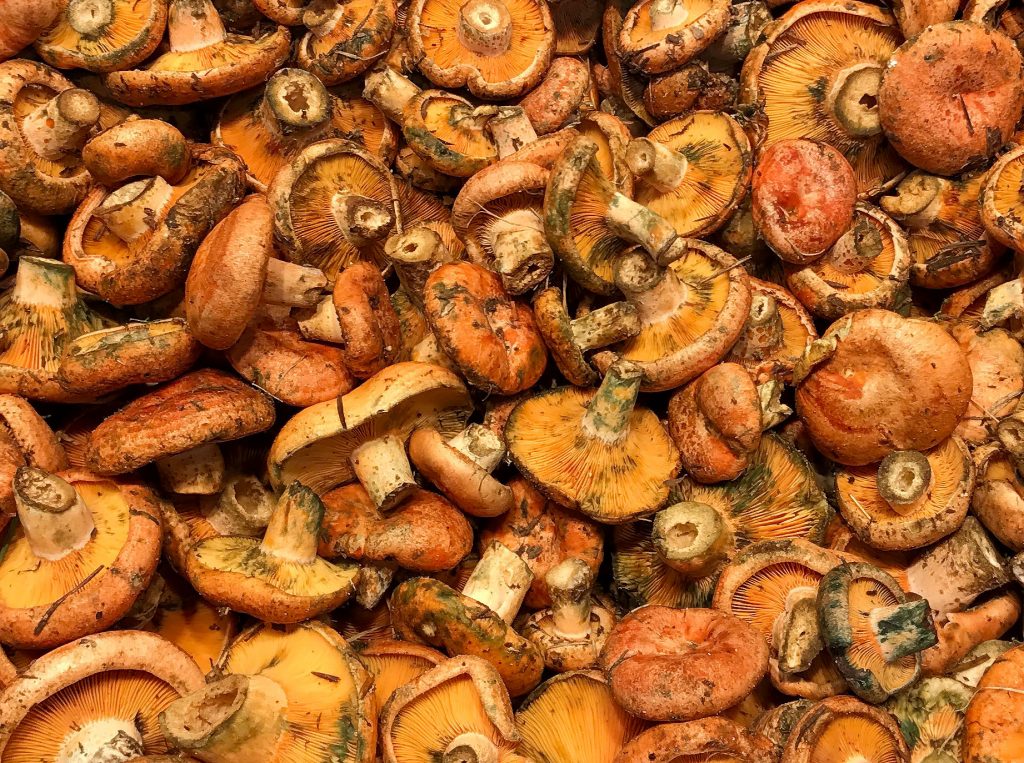
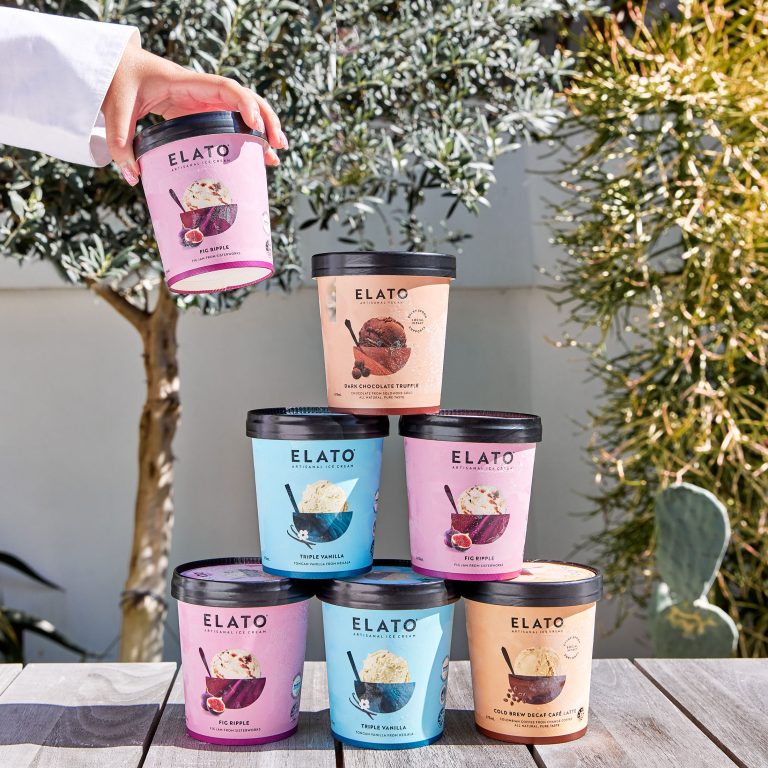
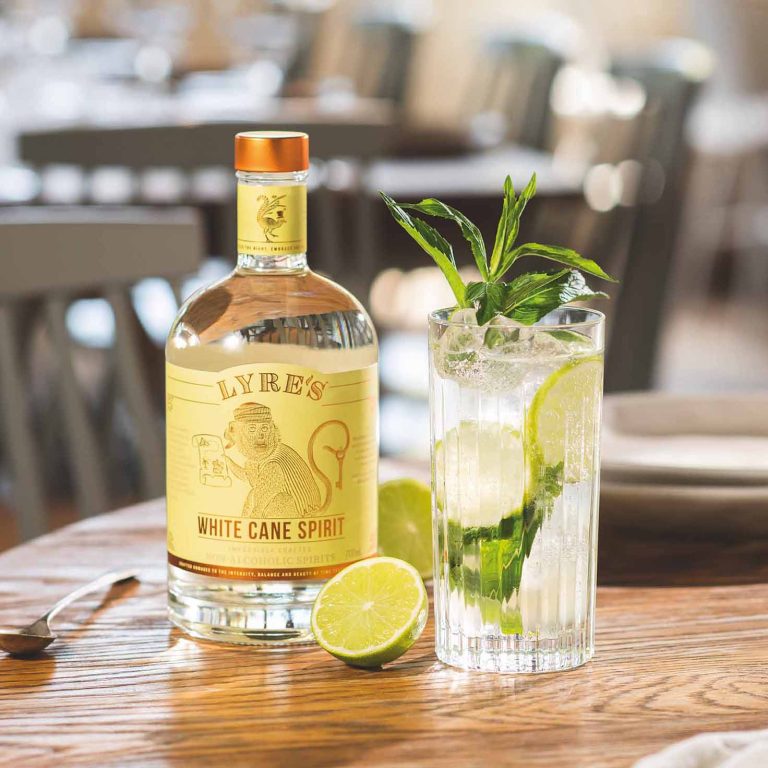
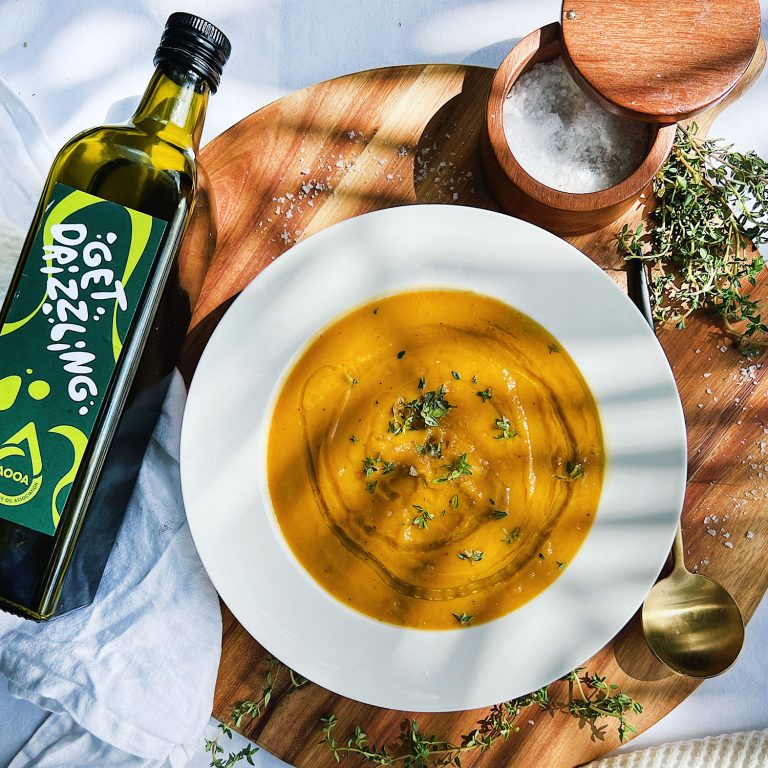


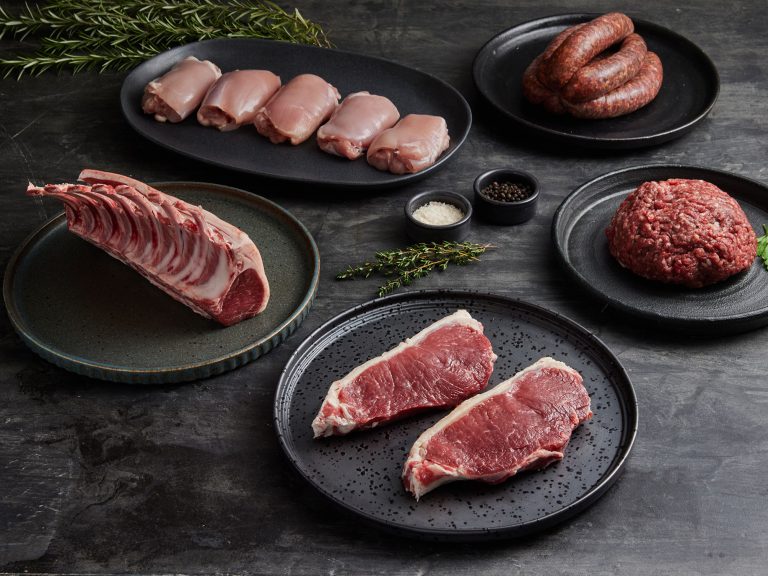

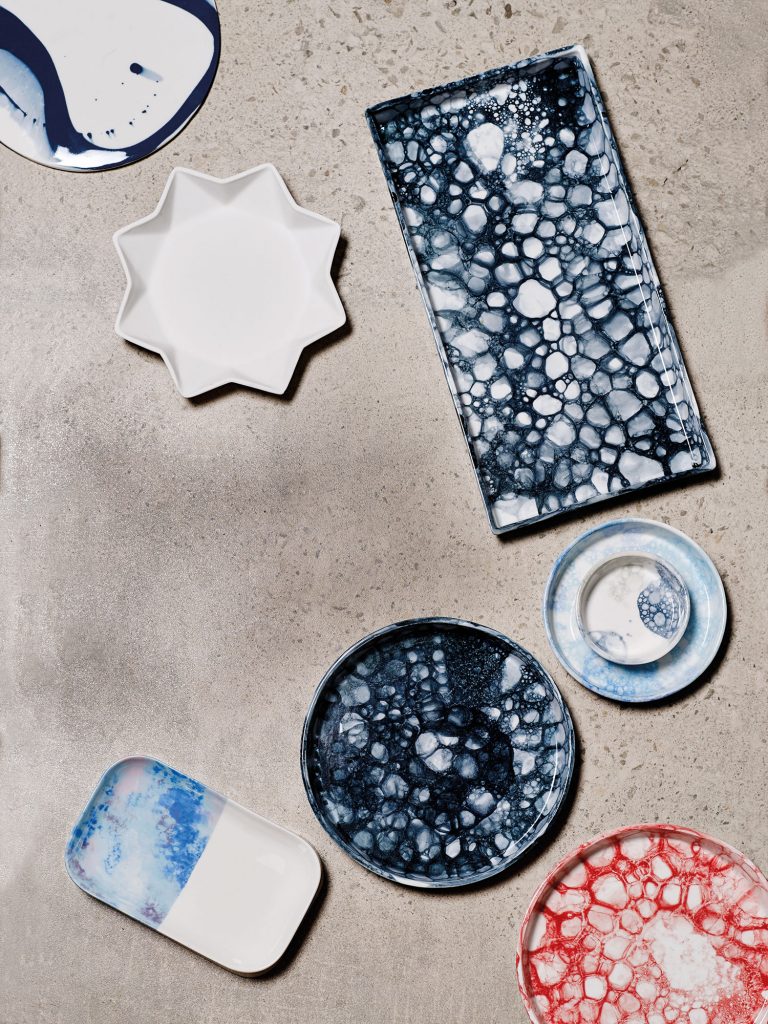
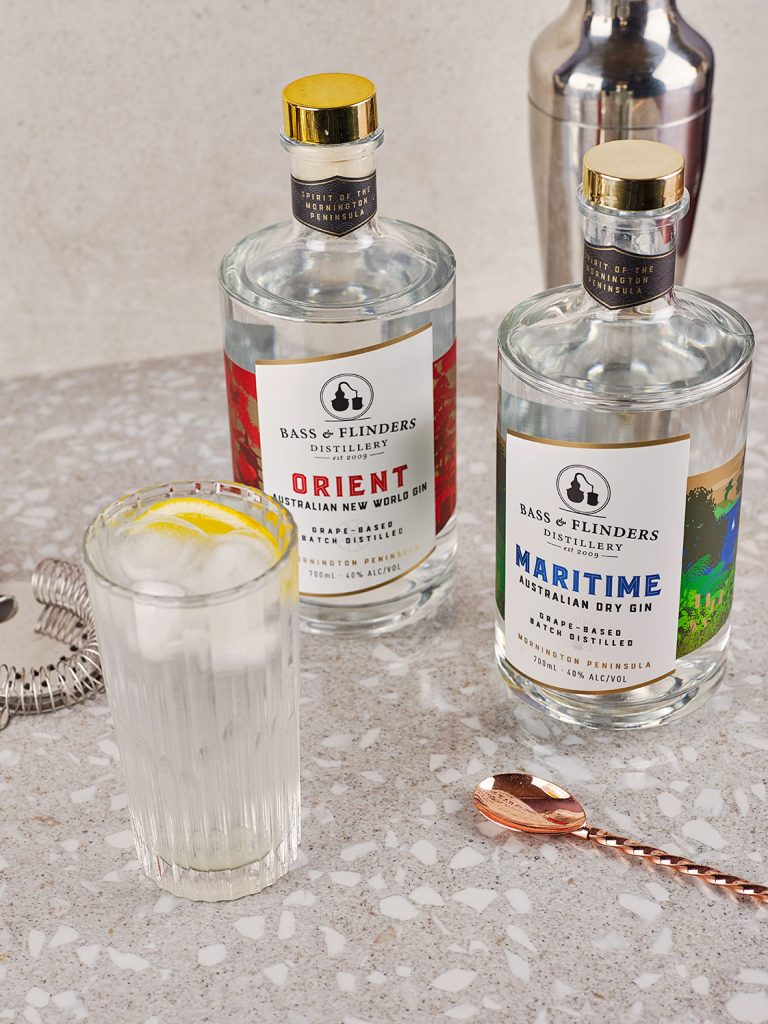
Comments are closed.